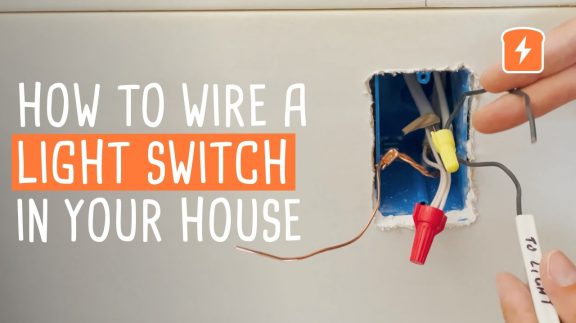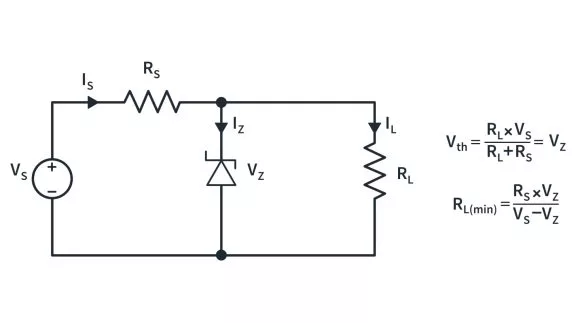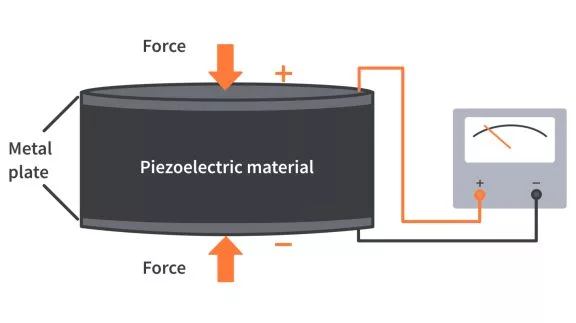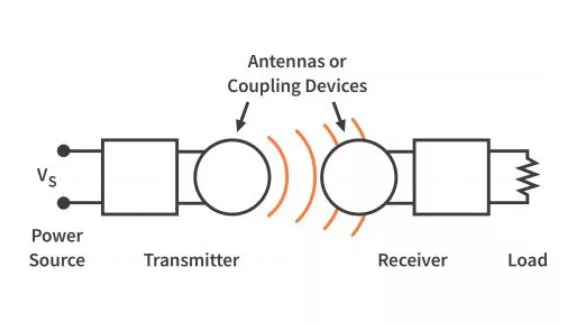How to Replace a Breaker | CircuitBread Practicals
Published
In this CircuitBread practical, we are going to talk about how to swap out a breaker. First things first, all electricity should be turned off to the panel. While it is possible to swap out a breaker without turning off the panel, it is rarely necessary and never recommended. As a quick review of an electrical panel, the incoming power lines, the power bars, the neutral bar, and the ground bar should be noted again.

To physically swap a circuit breaker, it is simply a matter of popping off the old one and putting on the new one. A rocking motion is required with one side acting as the pivot while it presses onto the power bar. Often, particularly with new breakers, it may take a bit of force, but as this shouldn’t be happening with any form of regularity, this has the side benefit of keeping the breakers stable inside the box themselves. I have, on occasion, needed to gently tap in one side of the circuit breaker to get a new one on. The only concern to be aware of is that each brand (and sub-brand) of the panel is compatible only with their own brand of a breaker. If a breaker does not want to go on, please verify that it is the correct brand before you break something.

With a standard 120V breaker, there will only be one wire that goes to the breaker itself. The hot wire that goes out to the circuit will attach to the breaker and the associated neutral wire can go anywhere on the neutral bar. If it is a GFCI, AFCI, or GFCI/AFCI breaker, then the neutral wire for the circuit will need to be attached directly to the breaker. If the neutral line is not correctly associated, then the breaker will not function, as it will think (correctly) that it is always faulting.
If you are running the wire yourself, it’s recommended to run yourself a little extra wire and make big, sweeping motions with the wire. Done right, it can look quite nice. And if something goes wrong and you need that extra length of wire, it may ruin your beautiful symmetry but it’ll be available and easier to access than completely running a new wire.
The final thing before replacing the cover, after you’ve attached your hot, neutral, and ground wires to the appropriate locations, is to give it a once-over. Make sure nothing is touching that shouldn’t be and give each wire a gentle tug to make sure that they’re sufficiently attached.

On the external panel that covers the innards, there are snap-off tabs to provide space for the breakers. If you happen to snap-off off the wrong tab or if you remove a breaker and don’t replace it, you will need to buy a plastic filler piece. For some odd reason, those filler pieces are nearly as expensive as a breaker, so it’s up to you how you want to fill the space. However, electrical inspectors will require that there are no open spaces in the finished panel.
And now you’re done! Swapping out a breaker is one of the simplest things you can do to the electrical in your house but it can feel daunting when you’re looking at the entirety of the panel and are concerned about the high voltages. Which is very reasonable - if you’re not comfortable, don’t do it. Hire an electrician and err on the side of caution. However, if you do decide to attempt it, verify the power is off. Hopefully, this guide helps you have a better understanding of how to do this task!

Get the latest tools and tutorials, fresh from the toaster.













